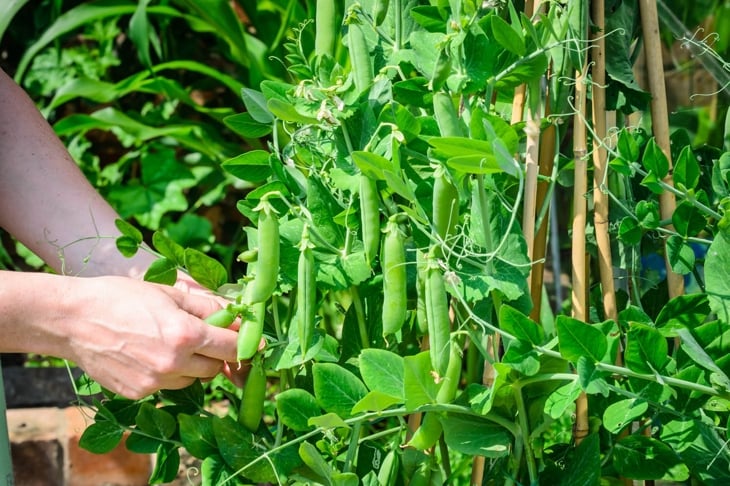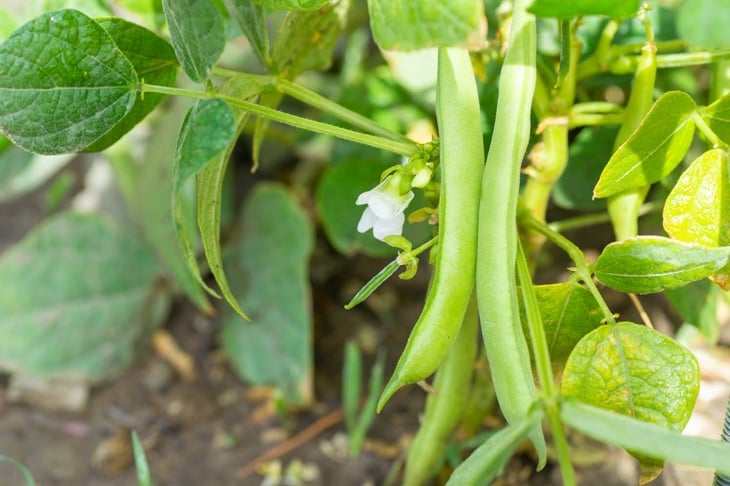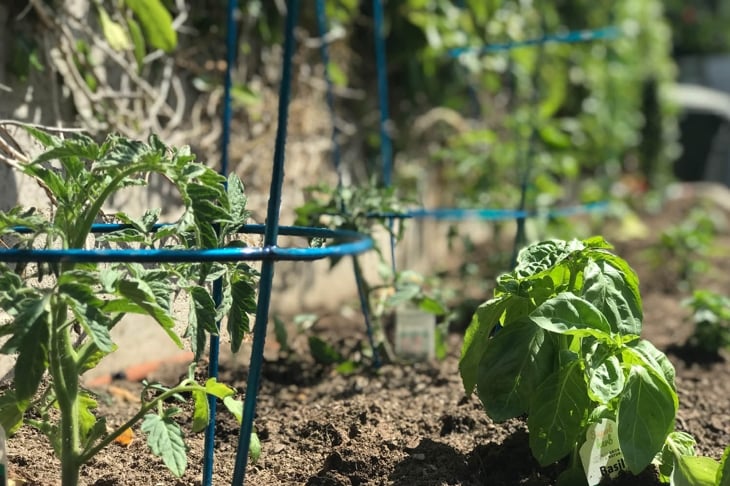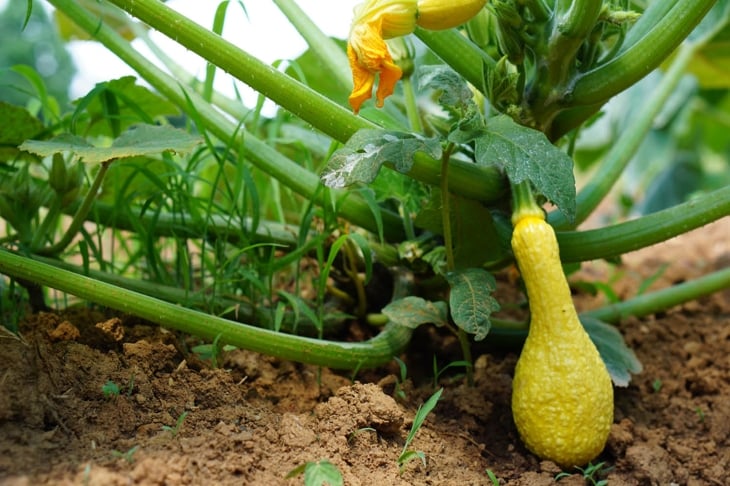10 Things You Should Know About Companion Planting
Sometimes two (or three or four) are better than one when growing plants

Turns out that plants benefit from a supportive network, just like people do. It’s becoming more apparent in agriculture that some plants simply grow better when beside complementary plants. These living specimens need energy, sun, and nutrients to flourish. That is what companion planting is based on, plants that are different but thrive with companionship. Essentially, they give each other a helping hand (who doesn’t need one every now and then!).
What is companion planting? Simply put, it involves growing different plants together, or beside each other, to get a better crop. The idea is to create a buddy-system, where some characteristics of a plant can help another one to grow optimally. The characteristics of each plant complement each other, making it a beautiful budding relationship. This concept can work both in small gardens or large fields, whether gardening for pleasure or farming.
There are plenty of good reasons to plant certain crops together (our favorite is number nine!).
Increased plant health

An overall healthy plant, grown in nutrient-rich soil, in turn will have beneficial effects on the microbiome in the plant. It’s been found that companion planting in certain crops has shown enriched functions of top microorganisms of both plants. In some cases, this means there may be less need for the use of pesticides, leaving a more natural crop that is better to consume, as any organic farmer will tell you. And in other cases, some plantings could also attract pollinators, which means more yield.
Soil changes for the better

Growing plants together can help the soil in two ways. Firstly, when each plant absorbs certain substances from the soil it can change the soil biochemistry and microbial content in favor of nearby plants. Secondly, more plants in one space increases shade which reduces water evaporation, so the soil stays moister longer. In particular, if you live in an area prone to soil erosion, companion planting can be a big win. This also helps being water-wise when gardening.
Protection from harsh weather

Some plants can protect against harsh weather (like a big sibling to a bully). Some can thrive in snow (such as legumes), some can handle strong winds, and some plants are able to work as a barrier to shield from heat and light exposure. The notion is that you can plant stronger plants with “weaker” ones to help reach their growth potential.
Maximizes garden space

Like many things, variety is the spice of life, so why not have more variety in your gardens? With companion planting, you can maximize your plot by planting taller plants beside shorter ones and saving space. You can grow plants in between rows of slower growing crops. This allows for more plants in one area.
Fewer weeds

No one really enjoys weeding, right? However, it’s a necessity. When you plant a crop that provides some shade, it stops weeds from growing due to no sunlight. You can fill those areas in the soil with other crops or plants and minimize open areas. What you get is more crops and fewer weeds, after all that is the point of the garden, isn’t it?
Decreases pesty pests

You can grow plants alongside those that act as insect repellents or deter pests. Garlic is often used to deter pests, as is marigold to deter beetles, or wormwood to deter moths. Other common plants to deter insects are mint or basil, which you may often see grown alongside tomatoes.
Fewer diseased plants

By introducing certain companion plants, it may help to make others planted nearby more resistant to diseases. This could have something to do with the fact that as one plant absorbs nutrients from the soil, it actually changes the biochemistry of it in a favorable way for other. For example, the “three-sister” planting method (planting corn, beans, and squash) is a familiar combination; the plants and soils are healthier when planted together.
Plants share nitrogen

Nitrogen is vital for plant growth. While some plants get it from the air, others get nitrogen from the soil. Some crops, like beans, peas, and other legumes, help to make nitrogen more available in the soil. By planting these crops throughout the garden, the soil in the nitrogen improves and the plants grow stronger and more abundantly.
Some plants provide physical support

Aside from all the biochemical and health-related benefits, companion planting also provides some good old-fashioned support (insert song, “we all need somebody to lean on”, you get the idea). Plants that have softer stems can benefit from leaning on sturdier and taller plants (vs. using a pole). For example, tall plants, like corn and sunflowers, can support lower-growing ones like cucumbers and peas. Large plants provide shade for smaller plants that need it, as corn does for lettuce.
Some plants just work better together.
Plants that grow well together

The best-known companion planting celebrities are the three sisters: corn, beans, and squash. The corn gives support to the pole beans, which provide nitrogen to the corn and squash. The leaves of the squash limit weeds and retain moisture.
There are a lot of other pairs or trios that act like best friends and make good companions to…
Other combinations that make a good team include:
- Squash and flowering herbs
- Broccoli and nasturtiums
- Lettuce and eggplant
- Roses and chives
- Nasturtium and cucumber
- Asparagus, parsley, and tomatoes
- Cabbage and garlic or sage
- Carrots and rosemary
- Tomatoes and basil
- Melons and radishes
- Radishes and spinach
- Beets and garlic
- Peas and mint
Now that you know a bit more about companion planting, what do you think you will plant together first?





